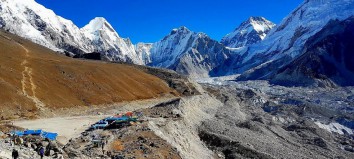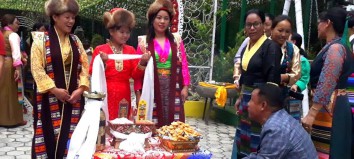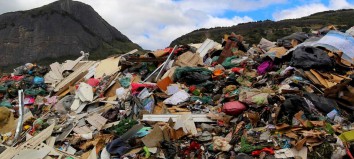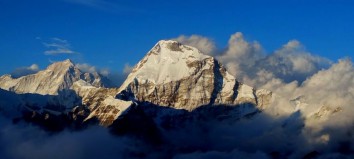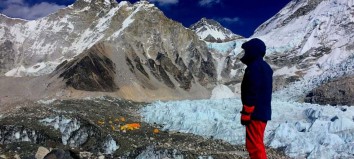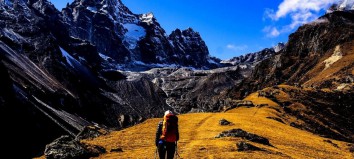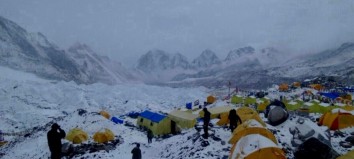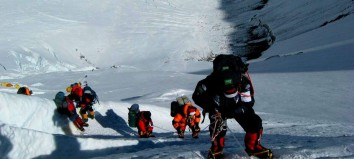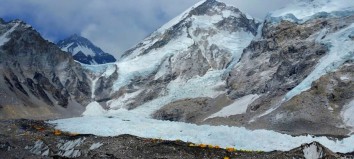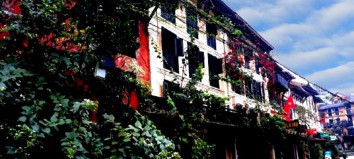A Historical and religious site Nepal
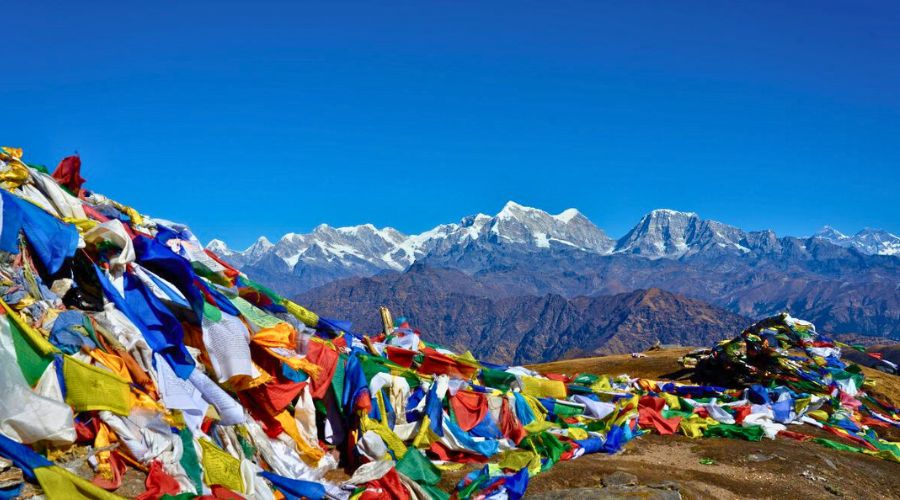
Khotang District was a part of Majha Kirat or Khambuwan before Nepal’s unification. Majha Kirat was the land area between two rivers, from the Dudh Koshi to the Arun, and it was controlled by Sen King of Chaudandigadhi.
Nepal had 32 districts during the Rana period, and the current Khotang District was split into 2 former districts. Half of the current Khotang district’s northern half was parched.
Khotang is located in Eastern Nepal and is a rural district. It is located between the latitudes of 260° 50″ N and 270° 28″ N, and the longitudes of 860° 26″ E and 860° 58″ E. The center’s coordinates are 27° 11′ 60.00″ N and 86° 46′ 59.99″ E. The district has a total area of 1,591 sq. km (614 sq. mi). The district’s elevations range from 152 m to 3620 m above sea level. Rivers Sunkoshi and Dudh Koshi.
How to reach Khotang
The Khotang District headquarters (Diktel) is linked to the Sagarmatha Highway (H09), a 156-kilometer (97-mile) 2 different road. At Kadmaha, the Sagarmatha Highway meets the Mahendra Highway (Saptari District) The Pushpalal Highway, also known as Nepal’s Mid-Hills Highway, is also another major road. This route immediately connects Khotang to both the eastern and western hill regions.
Places to visit in Khotang:
Baraha Pokhari: It is a scenic pond in the Khotang district of the Baraha Pokhari VDC. This lake is historically and religiously considerable. This lake was created during the period of God Baraha, according to Hindu mythology. This lake is located at an elevation of 1,700 m and is approximately 800 meters long and 500 m broad. The lake’s colorful fish are a masterpiece.
Dhodreshwor Mahadev: It is located in Ratanchha VDC 2. This location has religious importance as well as being a natural wonder. There are various symbolic depictions of gods and goddesses in this cave. The cave is accessible from the north and west, with an incomprehensible passage to the east. Near the northern entryway, there is a skylight that lets in light.
Danda Kharka Hill: At a height of 2500 meters above sea level, it is located on the border of Khotang and Solukhumbu. From the Danda Kharka Hill, you can see Mount Everest (8848 m), Lhotse (8516 m), Cho Oyu (8201 m), and Mount Makalu (8485 meters). Apart from the 8000 summits, 14 of the world’s four tallest peaks may be observed from this vantage position. Mount Kysar (6959 m) and Numbur Himal (6959 m) (6770 meters). Dharma Danda (4446 m), Ghyangkharka (3612 m), and Runa Danda (3605 m) are some of the other similar vantage points that give a similar stunning perspective of Nepal’s Himalayas.
Salpa Pokhari: it’s one among the simplest destinations to go to for religious, cultural, and natural resources due to its culture and tradition, also as its natural beauty, which has a tremendous potential to draw tourists from all over the world. However, it’s still largely undiscovered by tourists. This is the way to enjoy Nepal’s pure wilderness trekking, which includes pure natural attractions, historical culture, monuments, temples, monasteries, local festivals, wildlife, tallest hills, rivers, and enigmatic charm.
